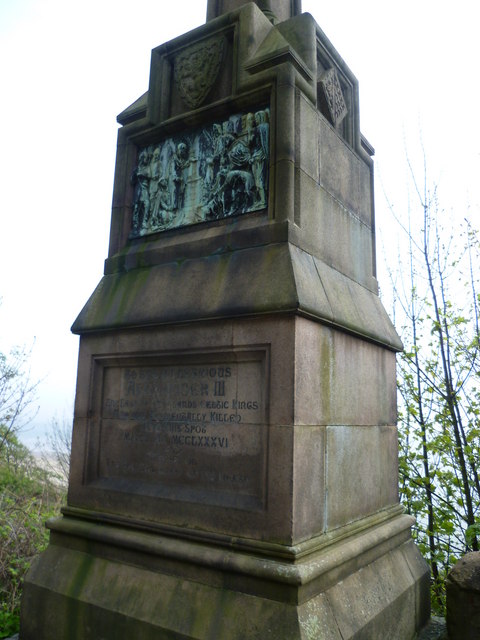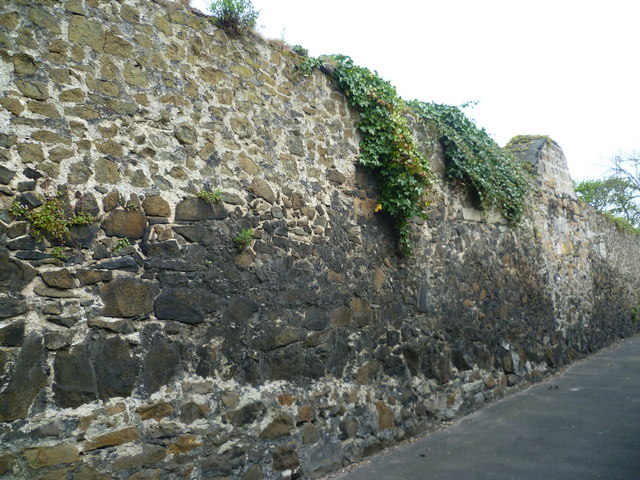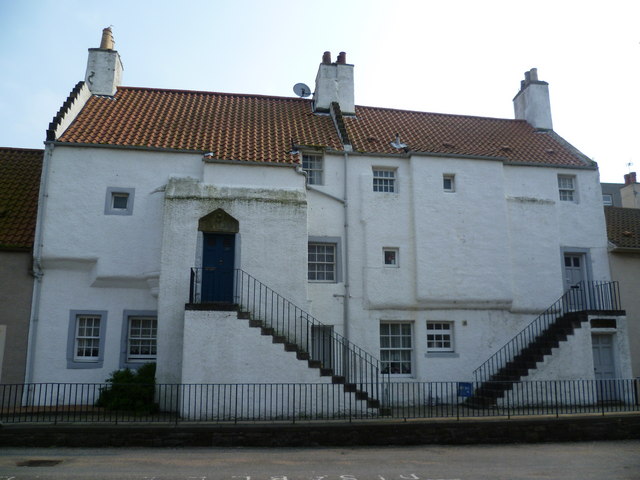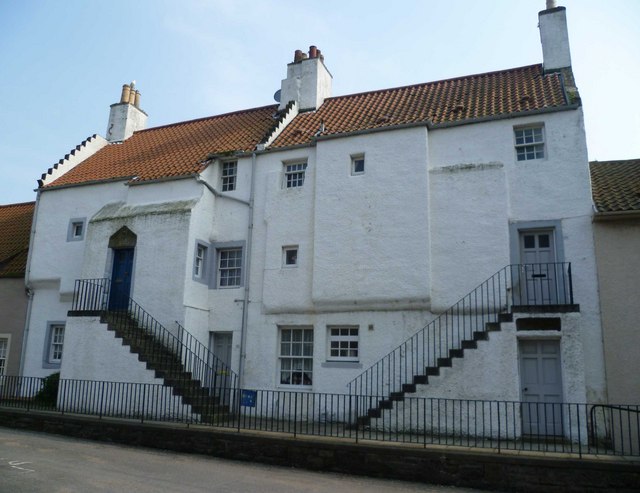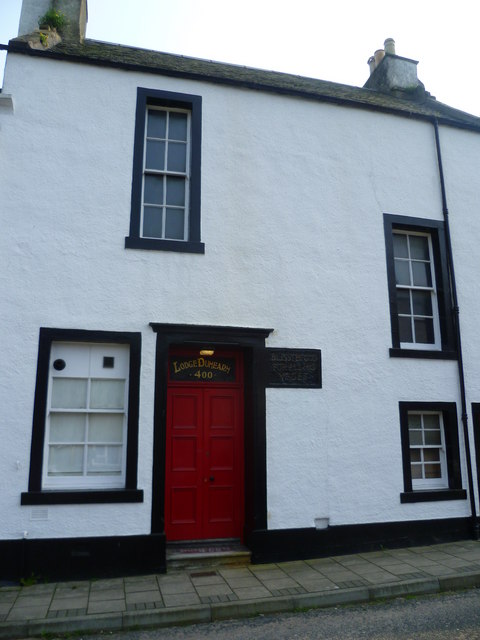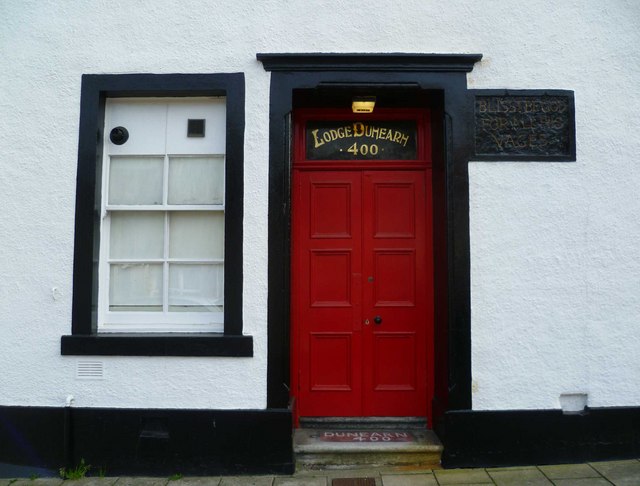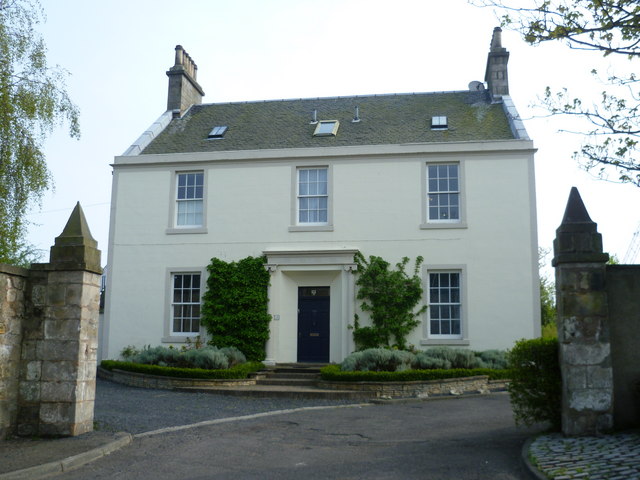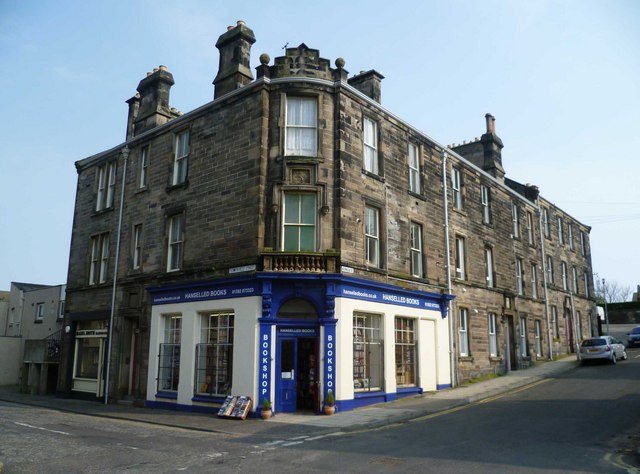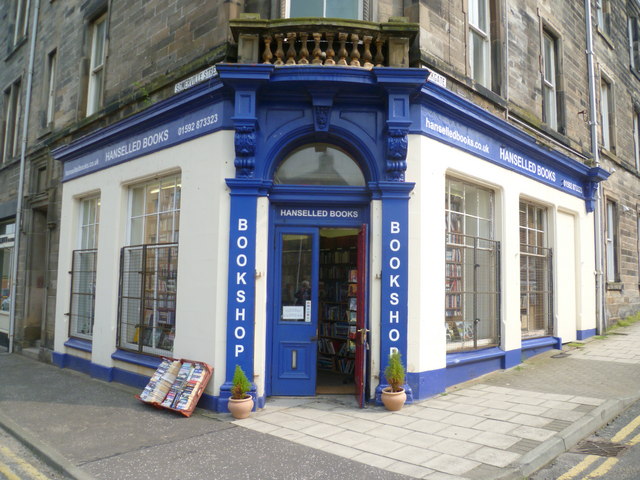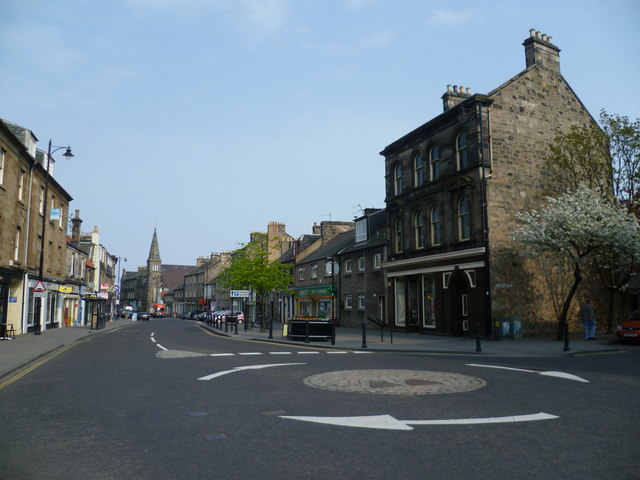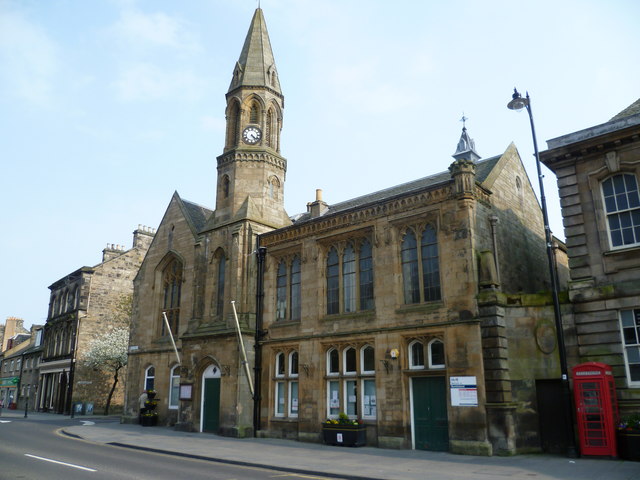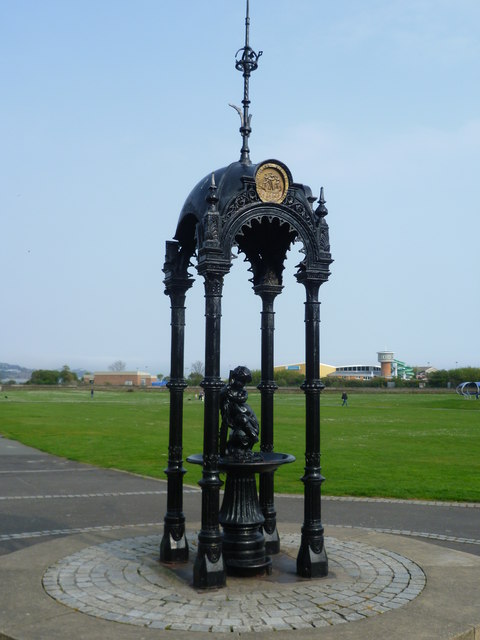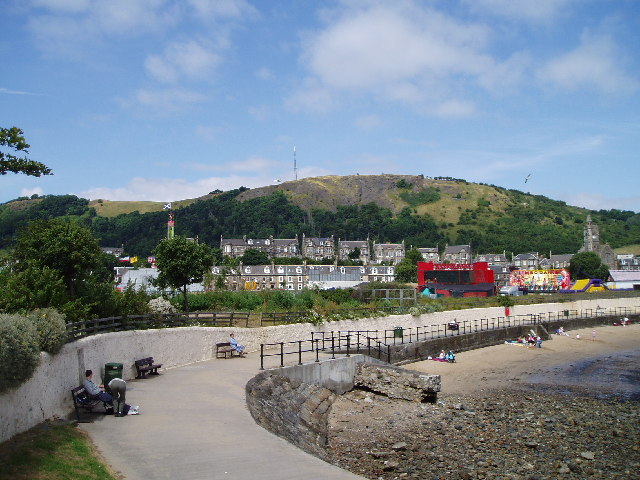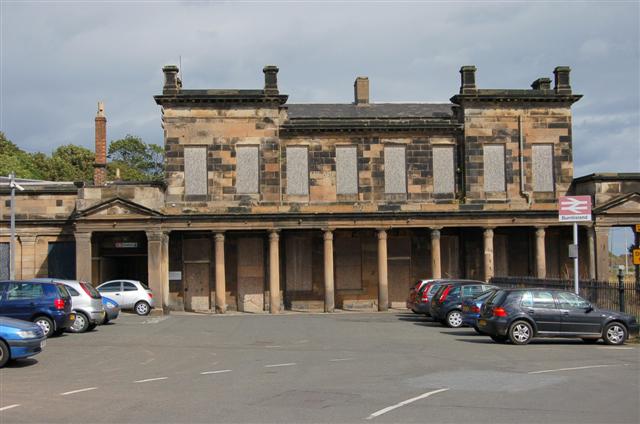Black Rocks
Island in Fife
Scotland
Black Rocks
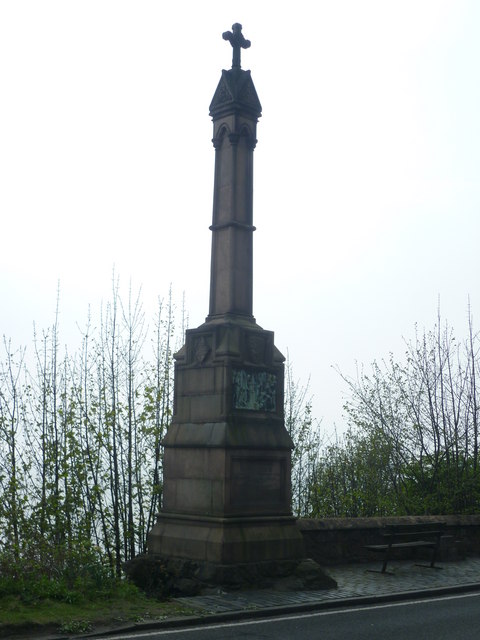
Black Rocks is a small island located off the coast of Fife, Scotland. Situated in the Firth of Forth, it lies approximately 3 kilometers west of the town of Aberdour. The island is known for its distinctive black volcanic rock formations, which give it its name.
With an area of about 1.2 hectares, Black Rocks is relatively small in size. The island is uninhabited and remains undeveloped, making it a popular destination for nature enthusiasts and bird watchers. It is home to a variety of seabirds, including puffins, guillemots, and cormorants, as well as occasional sightings of seals and dolphins.
Access to Black Rocks is mainly by boat, with visitors often departing from Aberdour harbor. The journey takes approximately 15 minutes, depending on weather conditions. The island offers stunning views of the Fife coastline and the nearby Inchcolm Island.
Despite its small size, Black Rocks has a rich history. It is believed to have once been used as a quarry for the black volcanic rock, which was used in the construction of nearby Aberdour Castle. Additionally, the island has been associated with smugglers and pirates throughout the centuries, adding to its mysterious allure.
Overall, Black Rocks, Fife, is a picturesque island known for its unique black volcanic rock formations, diverse wildlife, and intriguing history. It provides visitors with an opportunity to escape the hustle and bustle of everyday life and immerse themselves in the natural beauty of the Scottish coast.
If you have any feedback on the listing, please let us know in the comments section below.
Black Rocks Images
Images are sourced within 2km of 56.056569/-3.2103626 or Grid Reference NT2485. Thanks to Geograph Open Source API. All images are credited.

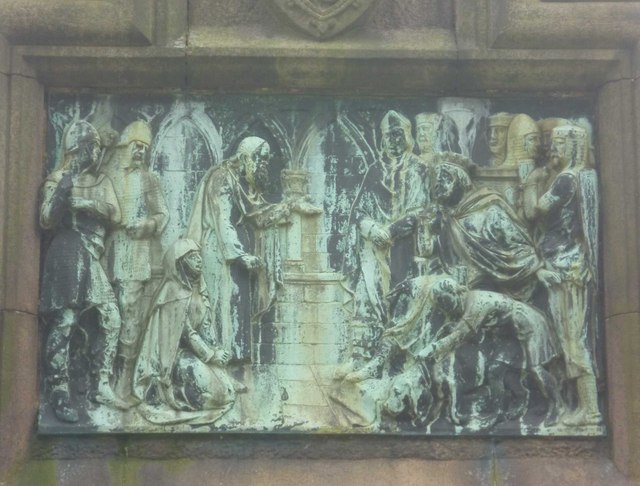
![Alexander III Monument at Kinghorn Looking towards the King&#039;s Crag. It is traditionally believed that Alexander fell from the cliffs, though his fatal accident may have been less dramatic.
&quot;For in the same year [1296] on 19 March the king was delayed by the ferry at [South] Queensferry until dusk on a dark night. When advised by his companions not to go beyond Iverkeithing that night, he spurned their counsel, and with an escort of knights hurried by a precipitous track towards Kinghorn Regis. To the west of that place beside the shore his horse stumbled in the sand, and alas! the noble king, too negligently attended by his followers, broke his neck and expired.&quot; -- Scotichronicon, c.1440
<a href="https://www.geograph.org.uk/photo/2370739">NT2586 : Alexander III Monument poem</a>](https://s0.geograph.org.uk/geophotos/02/37/07/2370736_23adf40b.jpg)
![Alexander III Monument poem The earliest extant poem in the Scots language laments the death of King Alexander III and the end of the &#039;golden age&#039; associated with his reign.
Quhen Alysandyr oure kyng wes dede
That Scotland led in luive and le.
Away wes sonce of ale and brede,
Of wyne and wax, of gamyn and gle;
Oure gold wes changed into lede.
Cryst! Borne into Virgynyte,
Succour Scotland and remede,
That stad is in perplexyte.
[When Alexander our King was dead,
That Scotland led in love and peace,
Away the abundance of ale and bread,
Of wine and wax, of game and merriment.
Our gold was changed into lead—
Christ! born into virginity,
Help Scotland and cure
That troubled state.]
Andrew de Wyntoun,
Orygynale Cronykil of Scotland, 14thC](https://s3.geograph.org.uk/geophotos/02/37/07/2370739_b498c840.jpg)
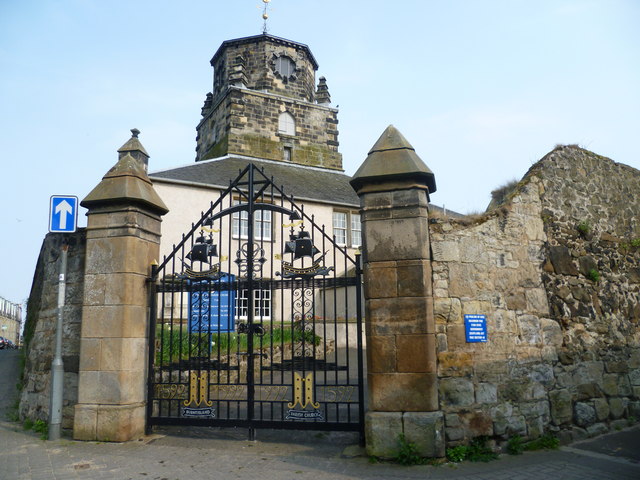
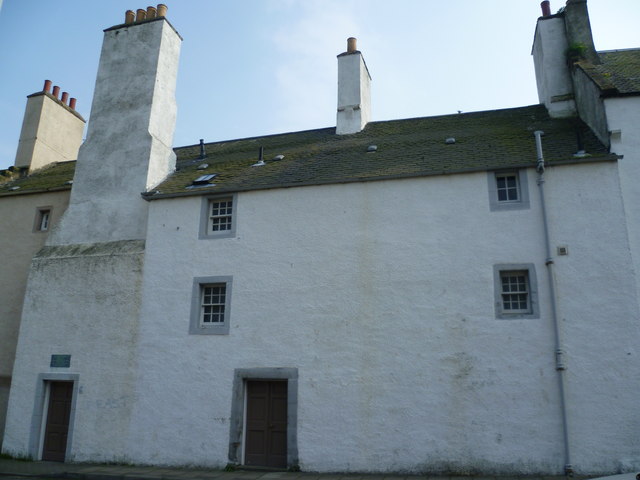
Black Rocks is located at Grid Ref: NT2485 (Lat: 56.056569, Lng: -3.2103626)
Unitary Authority: Fife
Police Authority: Fife
What 3 Words
///spinners.swims.intruding. Near Burntisland, Fife
Nearby Locations
Related Wikis
Battle of Kinghorn
The Battle of Kinghorn was fought on 6 August 1332 at Wester Kinghorn (now Burntisland), Fife, Scotland. An invading seaborne force of 1,500 men was commanded...
Burntisland Parish Church
Burntisland Parish Church (also known as St Columba's, Burntisland) is a church building in the Fife burgh of Burntisland, constructed for the Church of...
Burntisland
Burntisland ( , Scots: Bruntisland) is a former royal burgh and parish in Fife, Scotland, on the northern shore of the Firth of Forth. According to the...
Burntisland railway station
Burntisland railway station is a railway station in the town of Burntisland, Fife, Scotland. The station is managed by ScotRail and is on the Fife Circle...
Have you been to Black Rocks?
Leave your review of Black Rocks below (or comments, questions and feedback).
